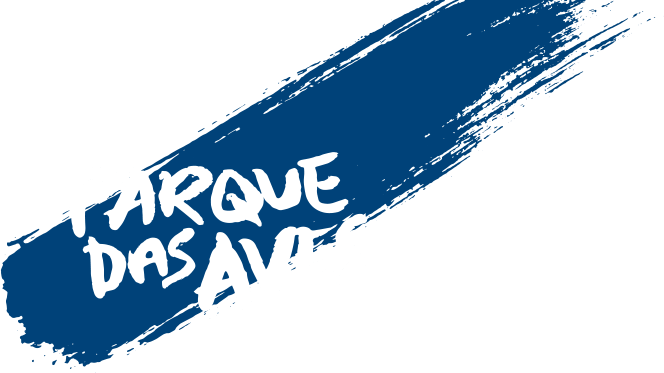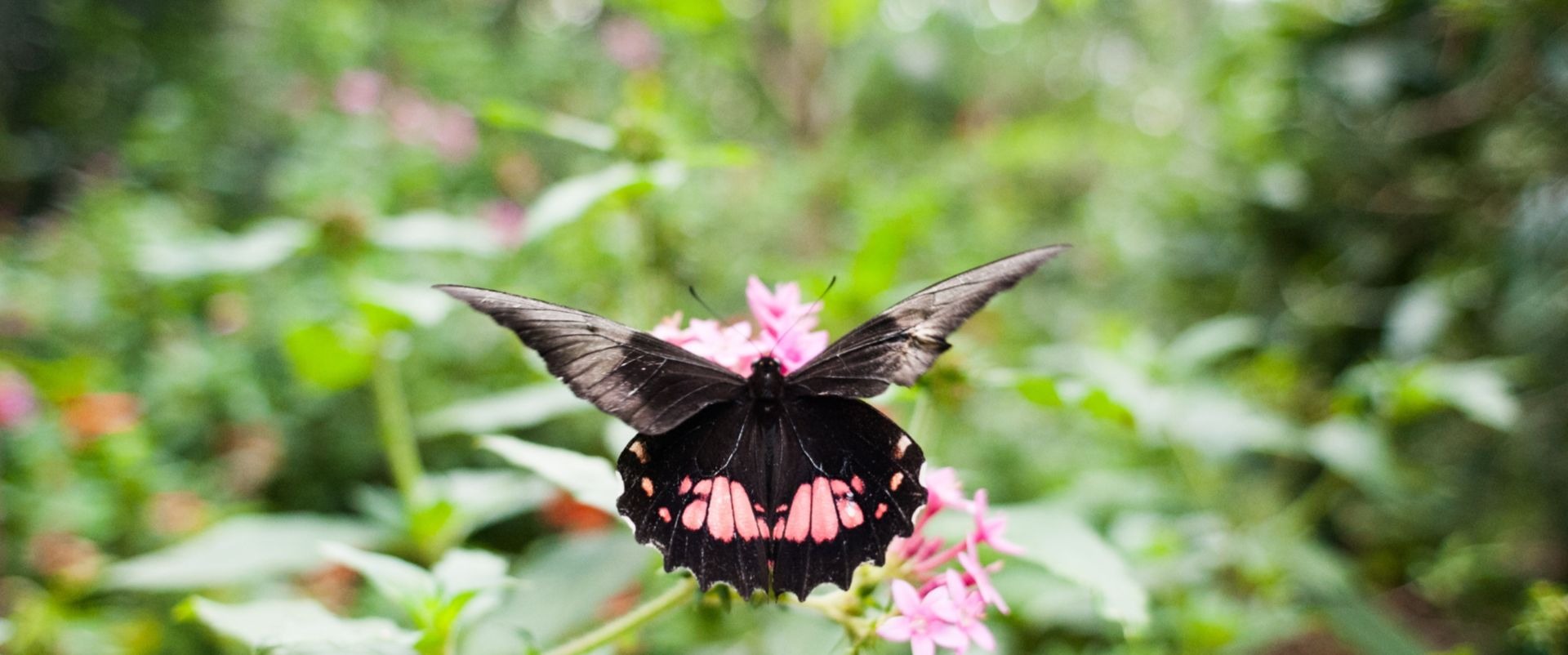
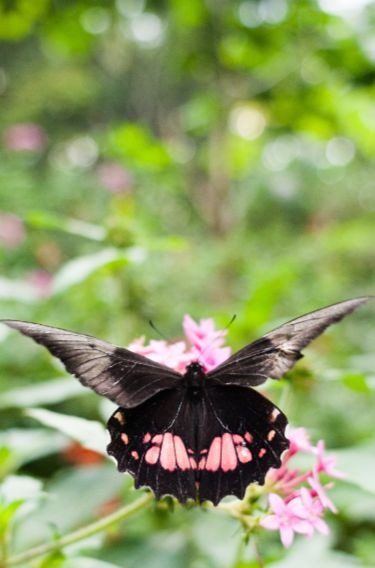

ECOLOGICAL IMPORTANCE OF BUTTERFLIES AND HUMMINGBIRDS IN POLLINATION
Butterflies are insects that exist on all continents except Antarctica, but most of them live in tropical regions. They can be found in a variety of colors, sizes, and shapes.
Butterflies play a very important role in the ecosystem as pollinators, serving as a source of food for other animals, indicating the quality of the environment, as well as consuming large quantities of organic matter during their caterpillar stage.
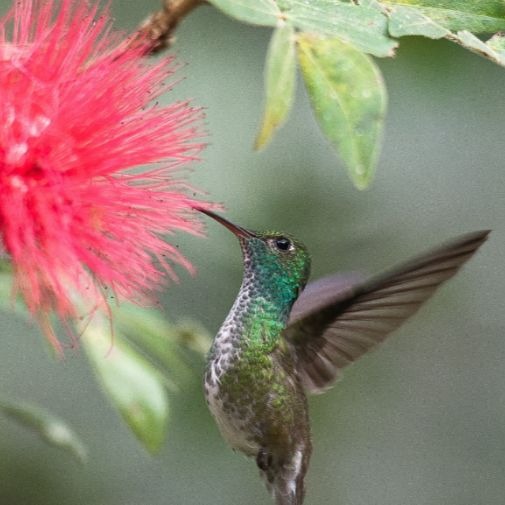
 |
ECOLOGICAL IMPORTANCE OF BUTTERFLIES AND HUMMINGBIRDS IN POLLINATION |

Butterflies are insects that exist on all continents except Antarctica, but most of them live in tropical regions. They can be found in a variety of colors, sizes, and shapes.
Butterflies play a very important role in the ecosystem as pollinators, serving as a source of food for other animals, indicating the quality of the environment, as well as consuming large quantities of organic matter during their caterpillar stage.
There are more than 2,100 butterflies in the Atlantic Rainforest, and in the Iguassu National Park region alone, adjacent to Parque das Aves, it is estimated that there may exist at least 800 species of butterflies, of which only 257 have been identified. Unfortunately, 57 of the 233 species of terrestrial invertebrates threatened with extinction in Brazil are butterflies.
One of the most famous species in the region of Foz do Iguaçu is the Diaethria clymena, popularly known as 88 due to its wing markings that resemble two eights.
The hummingbird is a small bird and most of the times with bright and colorful plumage with a long beak and a forked tongue. It has strong flight abilities, being able to fly in any direction, even backward, being the only bird capable of doing this.
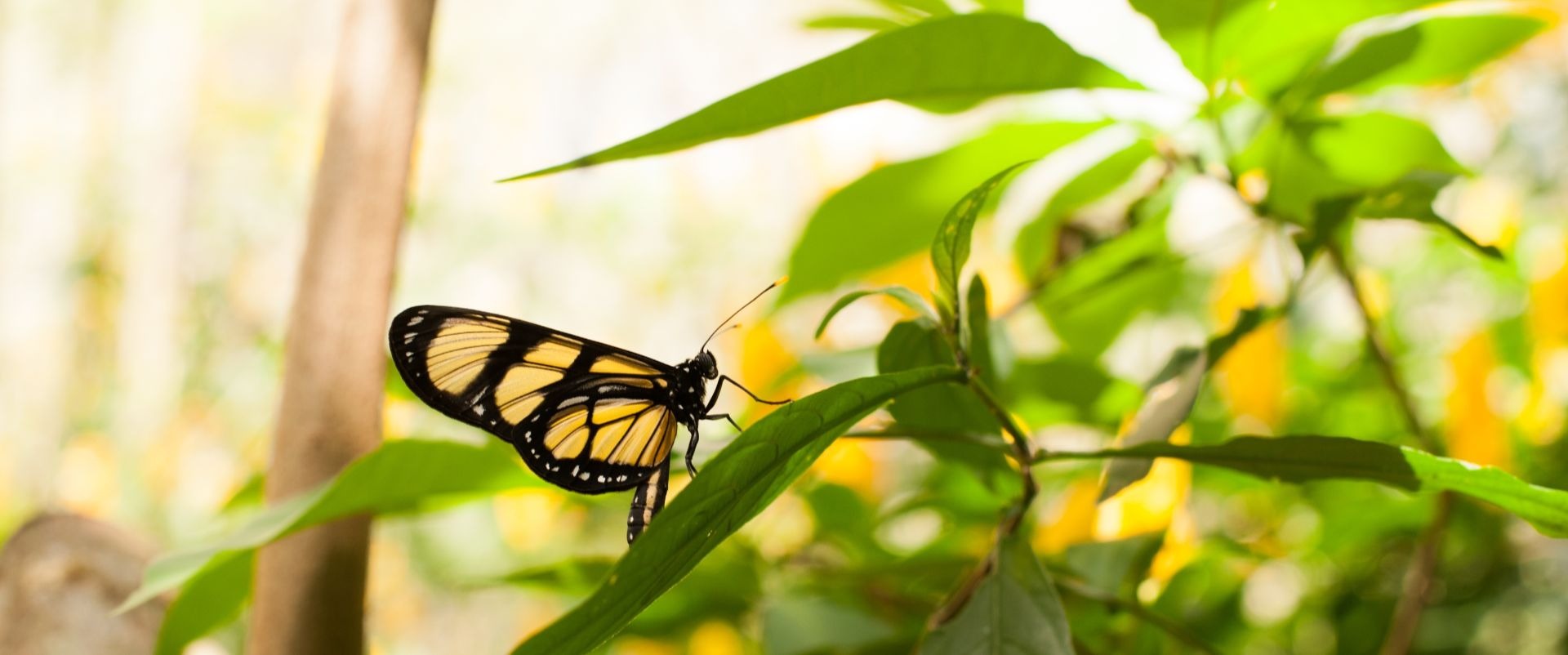
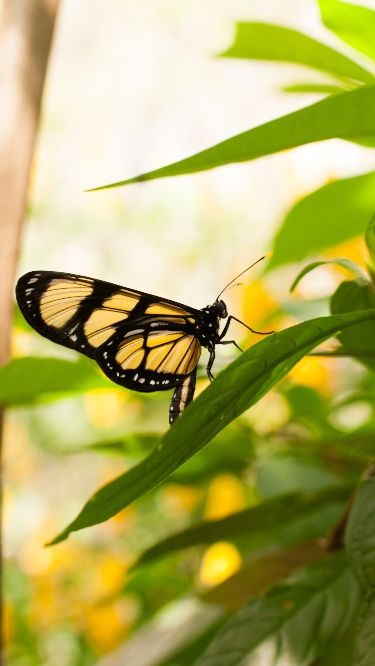
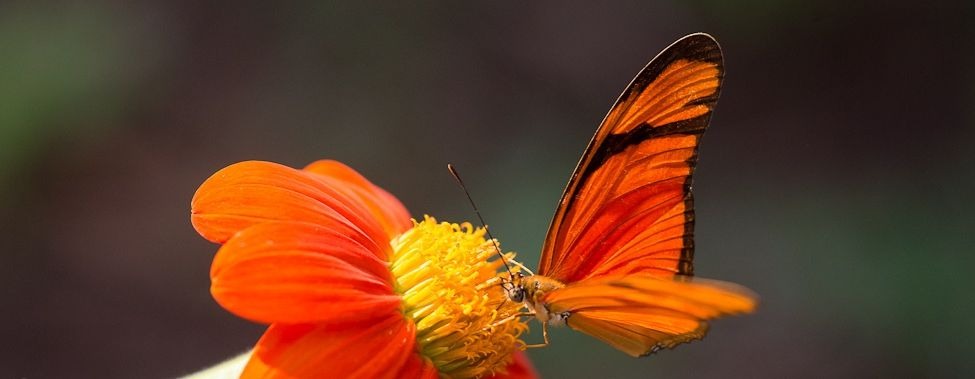
It feeds on nectar (sweetish liquid produced by flowers), flies, and ants. Although they are small, they can consume a quantity of nectar twice their body weight because they are able to digest the food very quickly.
Hummingbirds are important pollinators. When they visit flowers in search of nectar, pollen sticks to their beak and feathers and is then taken from one plant to another, aiding in the reproduction of these plants.
Also called violetears, these birds live in the woods, grassfields, cerrados, prairies, and other types of vegetation, but there are several species that have adapted to human presence, inhabiting also urban areas.
 Every day from 8:30am to 5:30pm
Every day from 8:30am to 5:30pm Prices
Prices


